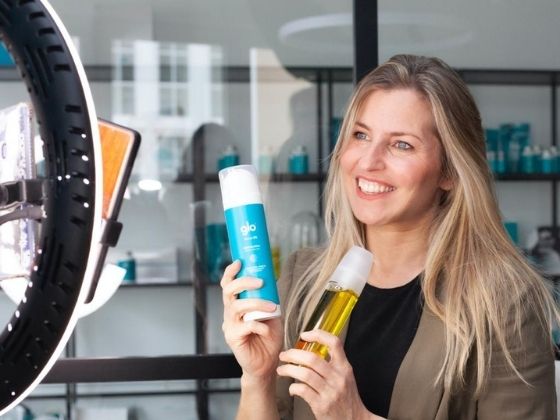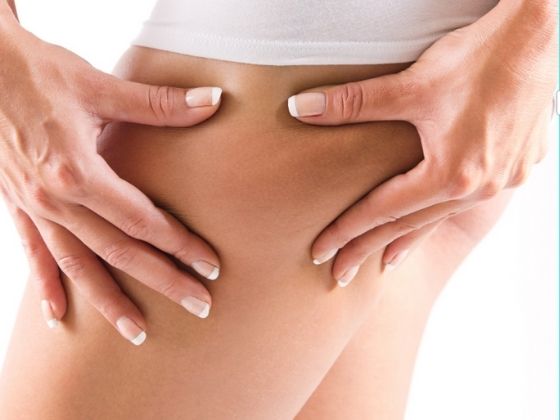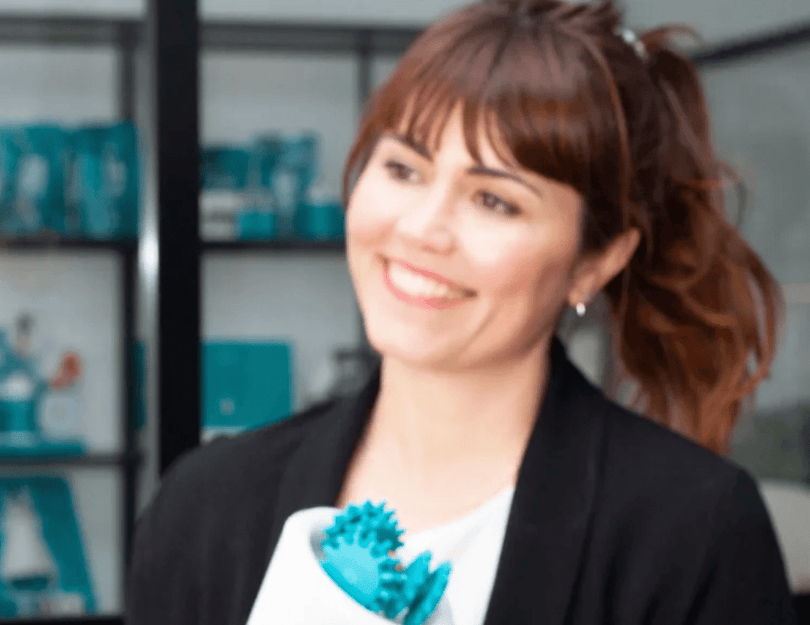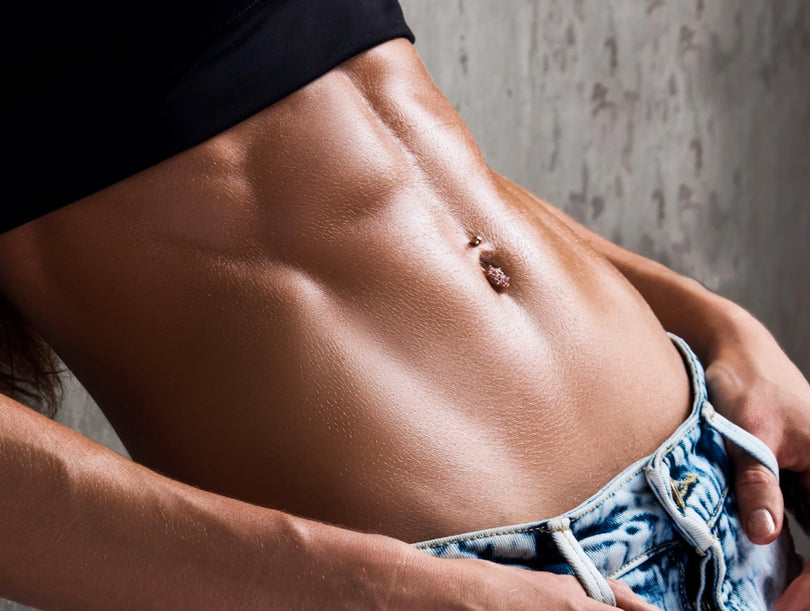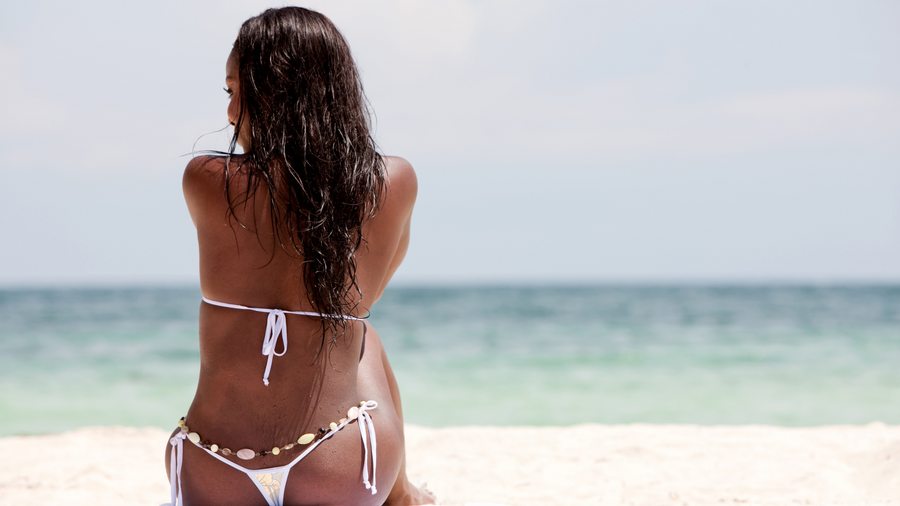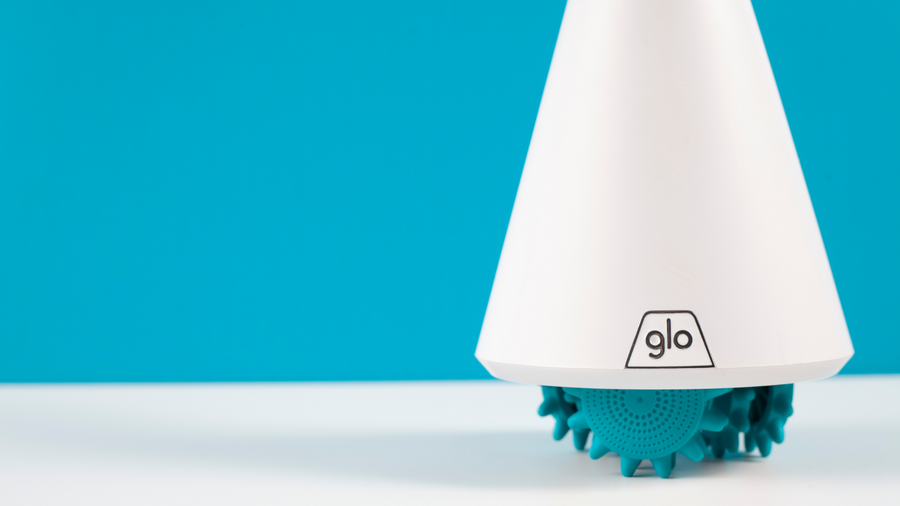The answer is NO. We usually talk about cellulite in both cases, but we are going to help you differentiate between localized fat and cellulite.
Very few of us know the difference, but we are going to understand it in a very simple way. It is important to distinguish them, because the treatment is not the same for one thing or another.
What is localized fat?
Localized fat is characterized by the accumulation of fatty tissue in certain areas of the body, which cause an aesthetic alteration of the body contour.
- Localized fat may or may not be associated with cellulite
- Localized fat may or may not be accompanied by overweight

Causes:
It is usually a combination of factors: genetics, sedentary lifestyle, high density of adipocytes...
Affected body areas:
It usually appears in localized areas: thighs, hips, waist, buttocks...
Characteristic:
- The surface of the skin can be seen smooth, but there is an increase in volume in the affected area.
- Fat cells are located in the deepest layer of the skin, the hypodermis.
- Normally, localized fat (adipocytes) are fat cells in the hypodermis that act as a "cushion", maintain body temperature and are a source of energy.
Types of Localized Adiposity:
- Primary: is that related to hormonal development, being generally hereditary. It usually affects the shape of the body silhouette in the middle and lower region of the thighs. This type of adiposity does not respond well to diet and physical exercise.
Each of us stores localized fats in places that are genetically predetermined. That is why most of us have bodies similar to our parents or grandparents. There is no known way to modify the way this fat is distributed.
You cannot selectively burn fat through exercise or diet. When you exercise, you burn fat from all over your body and generally lose weight first in the parts with less localized fat.
- Secondary: It is linked to poor eating habits and lack of physical exercise (abdomen, flanks, jowls, arms...). This type of adiposity responds well to a diet combined with physical exercise.
What is cellulite?
Cellulite or orange peel skin is an alteration of the subcutaneous cellular tissue involving fatty tissue, water accumulation and poor circulation, which mainly affects the area of the buttocks, thighs, knees, ankles, abdomen and back.
- Cellulite is when we have dimples in the skin that give the appearance of orange peel.
- The presence of cellulite does not imply an excess of fatty tissue, but an alteration of it.
Cellulite is a common problem that 90% of women suffer from and yet it is unlikely to be found in men, due to the constitution of the hypodermis of men. In this article we go into detail and tell you why men do not have cellulite.
Causes:
There are numerous, hormones, genetic inheritance, ethnic origin, eating habits, sedentary life...
Body areas:
The most common areas where it usually appears are on the buttocks, thighs, waist and belly.
Characteristics:
- Cellulite is an internal problem, which manifests itself externally in the irregular appearance of the skin (what is commonly called "orange peel")
- It is usually linked to fluid retention.
- The fibrous septa, or collagen fibers, are tense and have lost their natural flexibility; pulling the skin inward (dimples)
It is very common to suffer an increase in volume caused by two factors: the retention of liquids in the dermis, as a consequence of an alteration of the collagen fibers, and the overload of fat in the adipocytes or fat cells of the hypodermis. In this case, it is recommended to apply a combined treatment for both.

Types of cellulite
- Hard or compact: It occurs in young women with good physical shape, in overweight and obese women. It is called in this way because of its firm and painful consistency on palpation, being generally a cellulitis of recent onset and preferably located on the hips.
- Edematous: It affects women of all ages, but more frequently young people and adolescents, which makes it more difficult to treat. It has a pasty consistency and is preferably located on the legs.
- Soft or flaccid: It preferably affects women over 40 years of age with little physical activity and sudden changes in body weight. It occurs on the anterior face of the thigh and arms. The fabric has spongy characteristics, soft to the touch and "orange peel" is very evident. It can be accompanied by varicose veins.
- Mixed: In which different varieties are mixed, which is usually the most frequent.
In short, localized fat and cellulite are alterations with different characteristics and treatments. It is important to be clear that maintaining good eating habits and doing physical exercise on a regular basis can largely prevent its appearance.
Therefore, we want to remember how important it is to avoid eating trans fats and saturated fats:
- Saturated fat is a type of fat that comes primarily from animal sources, such as red meat, poultry, and full-fat dairy products.
- Trans fats are made from oils through partial hydrogenation. These trans fats are present in beef fat, pork fat, and stick margarine. As well as in the industrial bakery.

Avoiding these fats helps prevent the accumulation of localized fat in any part of the body.
The solution: Glo910, anti-cellulite product and Glo® reducer
At Glo® we have developed products in association with dermatologists that offer an effective and clinically proven solution to combat each type of problem, the different types of cellulite and localized fat.

Glo® acts in the deepest layers of the skin reducing volume and cellulite, elasticizing the connective tissue. In addition, it intentionally compacts the skin of the entire body, avoiding flaccidity and tightening the skin. Glo® is capable of reducing stubborn cellulite in the most troublesome areas, such as the thighs and buttocks.

With Glo® you can apply an effective lymphatic drainage, an excellent ally for those seeking to shape the body and lose weight. This option reduces swelling due to fluid retention and eliminates cellulite. The process must be carried out in several alternate sessions to achieve better results. As well as an intense dry brushing that will activate circulation and leave the skin soft and free of imperfections (pimples, ingrown hairs, elbows/knees...)
The constant use of constant Glo® reduces cellulite and prevents it from reappearing. An investment that quickly pays for itself.

